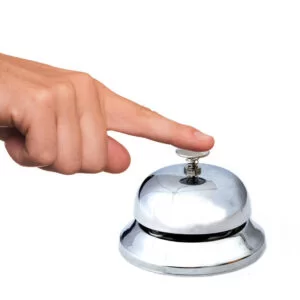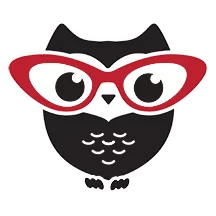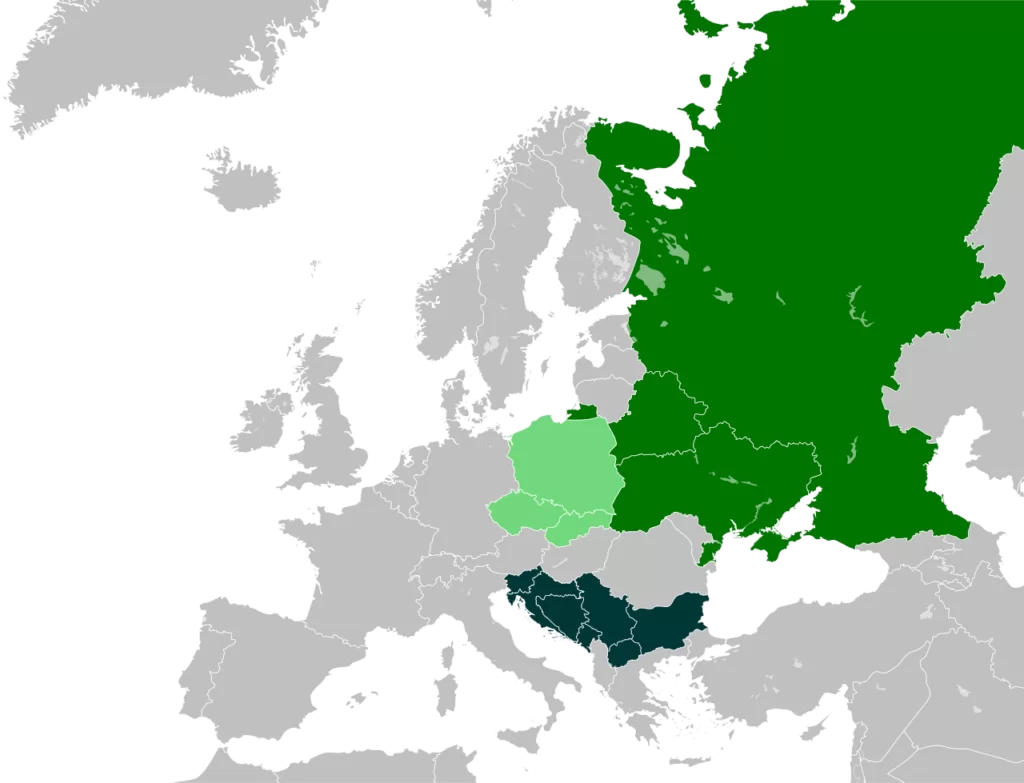The Czech language belongs to a group of Slavic languages and uses the Latin alphabet. It is spoken by approximately 10 million people and shares many grammatical features with Slovak, Polish and partly Russian.
Grammar
Like other Slavic languages, Czech has a complex system of rules largely comprising of declension and conjugation. These words still may be unknown to you and they will be systematically taught throughout the first course. Put simply, it means that most nouns, adjectives, pronouns, numbers and verbs have to change depending on their purpose in the sentence.
For example, the word okno (window) will look slightly different when used with different prepositions, as shown below:

in front of the window

at the window

on the window
Nouns are used in seven cases (grammatical term) and there is one singular and two plural forms.
Similarly, verbs change their endings according to the person who is using it or who it is describing. The Czech language is gender sensitive, which also considerably changes the sentence structure. Compared to English, the Czech tense system is widely considered much more simple. Verbs can be used only in the present, past and future tenses, while the two last mentioned typically have two forms.
The word order is relatively flexible and the last word or phrase in the sentence usually conveys or emphasises the main idea of the sentence.
Vocabulary
The Czech vocabulary has been extensively influenced by other languages such as Latin (škola, doktor), German (knedlík, šnek), French (pasáž, režim), Russian (vesmír, vzduch) and many others. Nowadays, also English shapes the language development.

meeting

juice

party
However, there is almost always a more Czech-sounding equivalent for these English words. Therefore, the above-mentioned words can also be (schůzka, šťáva and oslava). This is one of the reasons why the Czech language has such a rich word bank.
Moreover, Czech has not only a large number of synonyms, but also many diminutive forms which usually convey the smallness of the object or a sense of intimacy or endearment.
Let’s take the word zvon (bell) as an example. It has three forms which can refer to three different objects, all of which are simply called bell in English.

large-sized

medium-sized

little-sized
Diminutive forms and synonyms are a commonplace in everyday conversation of native speakers but foreign speakers (you) can easily communicate without ever learning them.
Before you start…
The amount of information in the previous paragraphs may seem overwhelming but Czech Time is here to guide you through the learning process in an easy and the most enjoyable way. Remember that learning a new language should be fun. We are trying to make your studies as interactive as possible, but if you feel you need a break, stop for a few weeks and come back later.
Once you master our first course, you should be fine to communicate on a basic level. Don’t forget that people will still understand what you want to say even though you use a different ending of the word or slightly unnatural word order.
Don’t forget to mark this lesson as read. Once you do so, you can continue to the first lesson by clicking the navigation button below.










I’ve tried many websites and apps for learning Czech, and this one explains… Read more »
diminutives add to the cuteness of czech language. Thank you for lesson
I didn’t know about the use of diminutives although I have heard them.… Read more »
I’ve spent the last several months looking for Czech language resources and this… Read more »